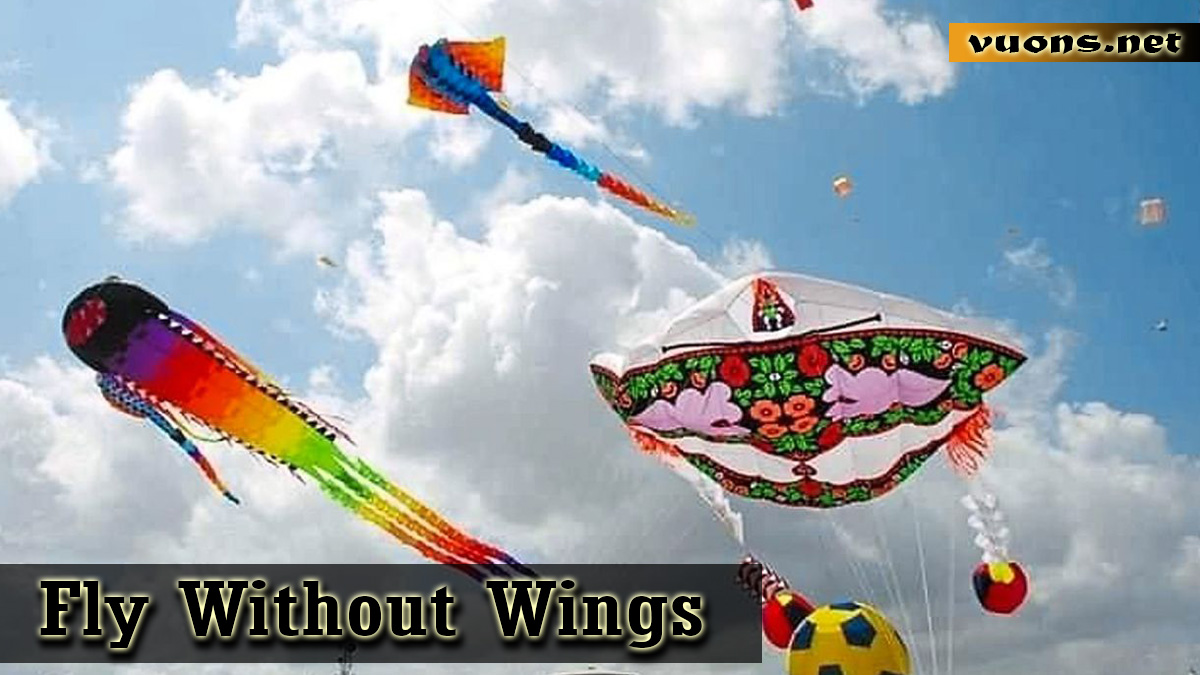Flying Freely with a Kite: A Practical Guide
Glide High with the Charm of a Kite
Kites have been a symbol of freedom and adventure for thousands of years. From simple fabrics to intricate designs and modern technology, these engineless aircraft continue to capture the hearts of people of all ages. Whether you’re a beginner looking to learn the art of kite flying or an expert looking to dive deeper, this guide will walk you through everything you need to know about kites.
History of Kites: From Ancient to Modern
Kites have been around for thousands of years, with historical roots embedded in ancient Asian cultures, especially China and Japan. Although initially used as a tool to predict the weather, over time, kites have become a popular pastime among the general public. In the 18th century, Europe became interested in the art of kite flying, and since then, kite design and technology have continued to develop.

Types of Kites
There are different types of kites floating in the sky, each with unique characteristics and different uses. Some of the most common types include:
Traditional Kites: Usually made of bamboo and paper, traditional Chinese kites have beautiful designs and are often used in festivals or traditional ceremonies.
Delta Kite: Known for its shape that resembles the letter delta (Δ), delta kites are usually stable and easy to fly, making them a popular choice for beginners.
Stunt Kite: Also known as a double kite or sport kite, this type is designed to perform exciting aerial tricks and requires special skills to control.
Power Kite: Designed to produce powerful lifting power, power kites are used in activities such as kitesurfing, snowkiting, and mountainboarding.
How to Fly a Kite
Kite flying may seem easy, but it requires a little practice and an understanding of wind and flying techniques. Here are the basic steps for flying a kite:
Choose the Right Location: Make sure you fly in an area that is wide, open, and free of trees or buildings. Avoid flying close to roads or other risky areas.
Check the Wind: Make sure you fly in a place with enough wind, but not too strong. Wind that is constant in speed and does not rotate is the best for kite flying.
Prepare the Kite: String the kite properly and make sure everything is working properly before releasing the kite into the air.
Fly the Kite: Hold the string tightly and slowly walk backwards while releasing the kite into the air. Give the string a little bit at a time to lift the kite higher.
Practice Control: Learn how to control the direction and height of the kite by moving your hands and watching the response.
Benefits of Kite Flying
As well as being a fun and interesting activity, kite flying also has a number of benefits for your health and wellbeing:
Improved Motor Skills: Kite flying involves good hand-eye coordination, helping to improve your fine motor skills.
Stress Reliever: Seeing a kite floating freely in the sky can have a calming and stress-reducing effect.
Physical Activity: Although kite flying seems relaxing, it also involves a fair amount of physical activity, especially if you engage in double kite flying or kitesurfing.
Connection with Nature: Kite flying gives you the opportunity to connect with nature and appreciate the power of wind and weather.
Conclusion
From its rich history to its modern benefits, kite flying remains one of the most interesting and fulfilling hobbies. Whether you’re a beginner looking to try something new or an expert looking to hone your flying skills, the world of kitesurfing offers something for everyone. So, grab your kite, find the right wind, and let yourself soar high in the blue sky.



